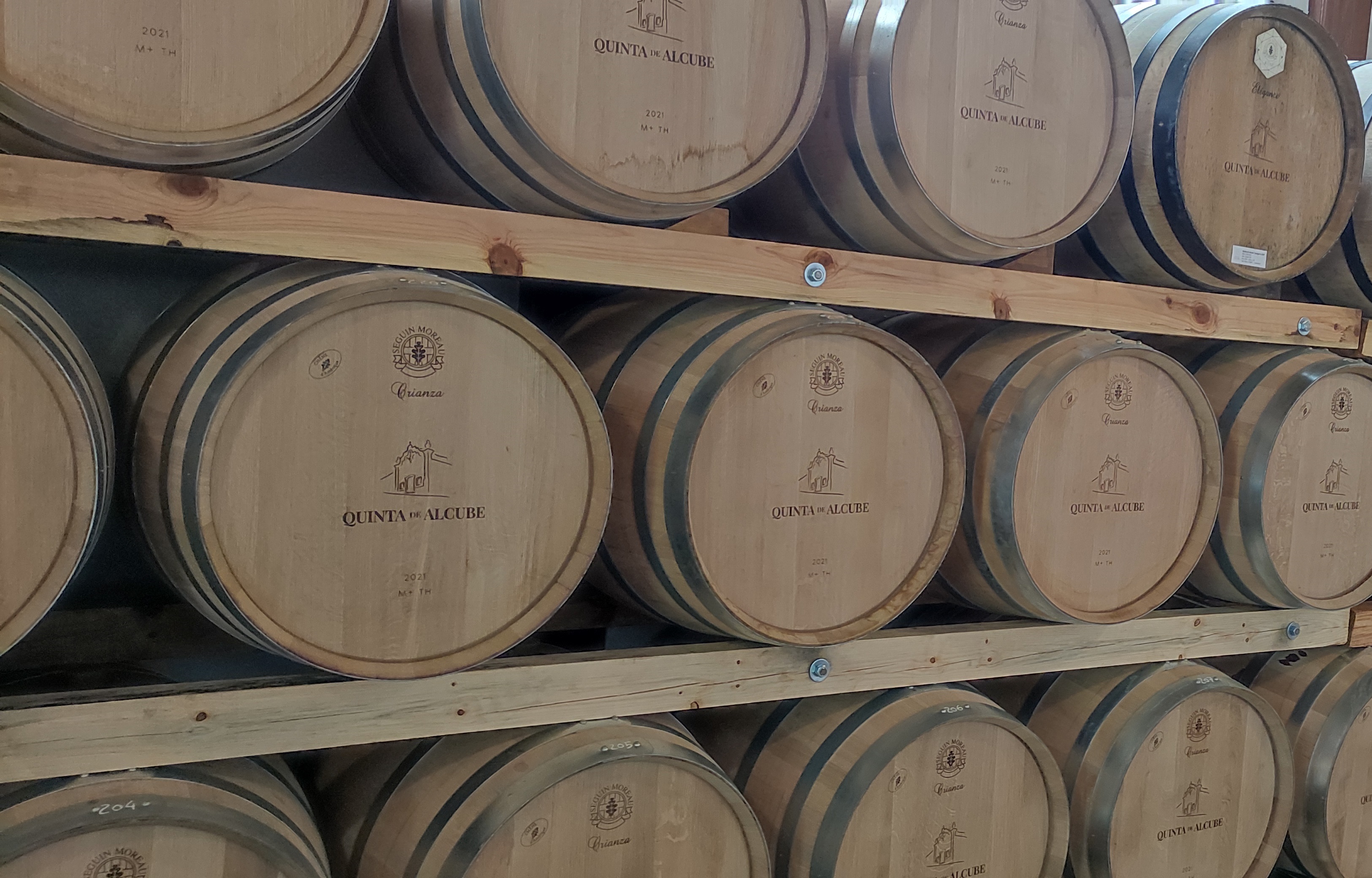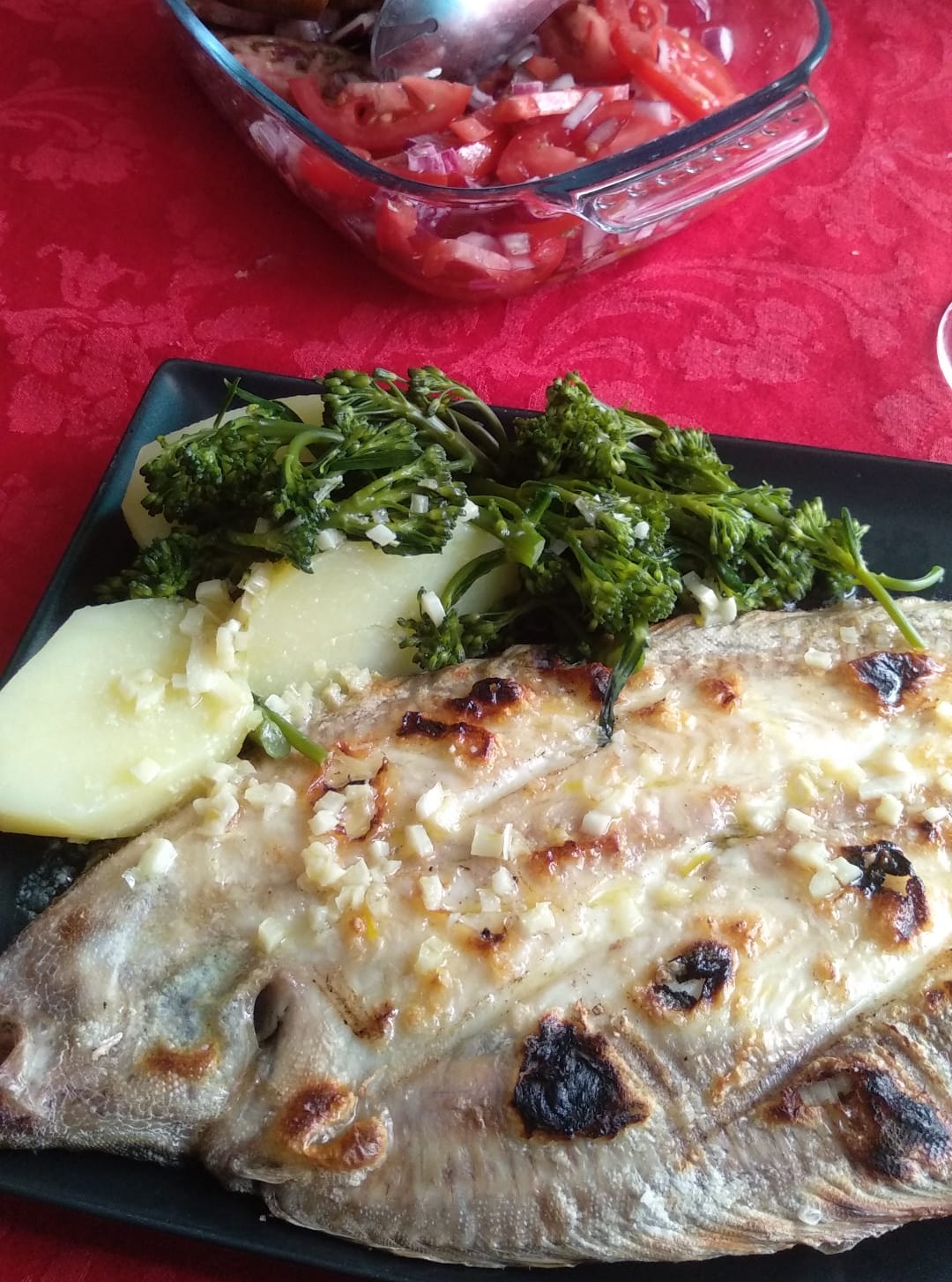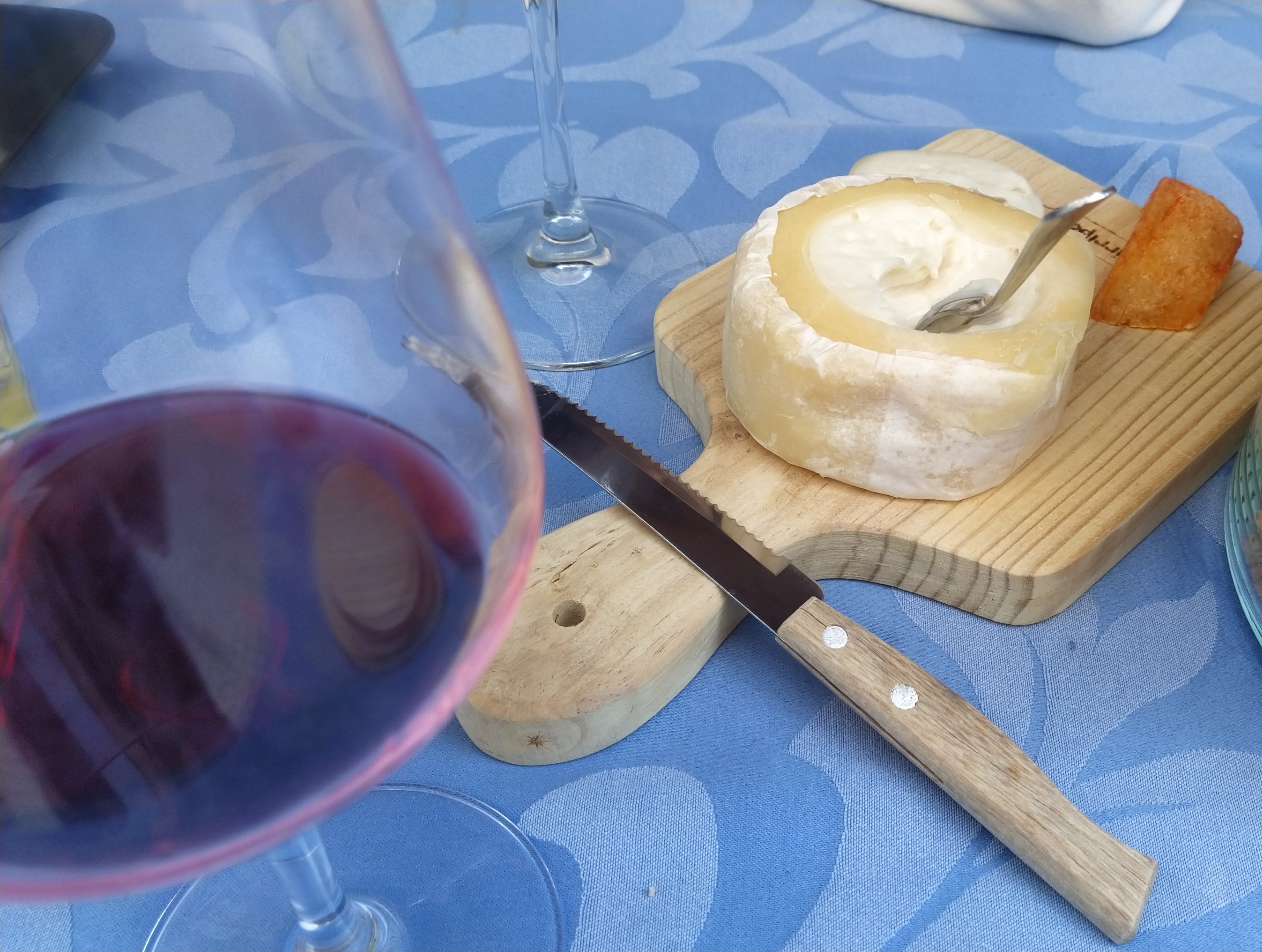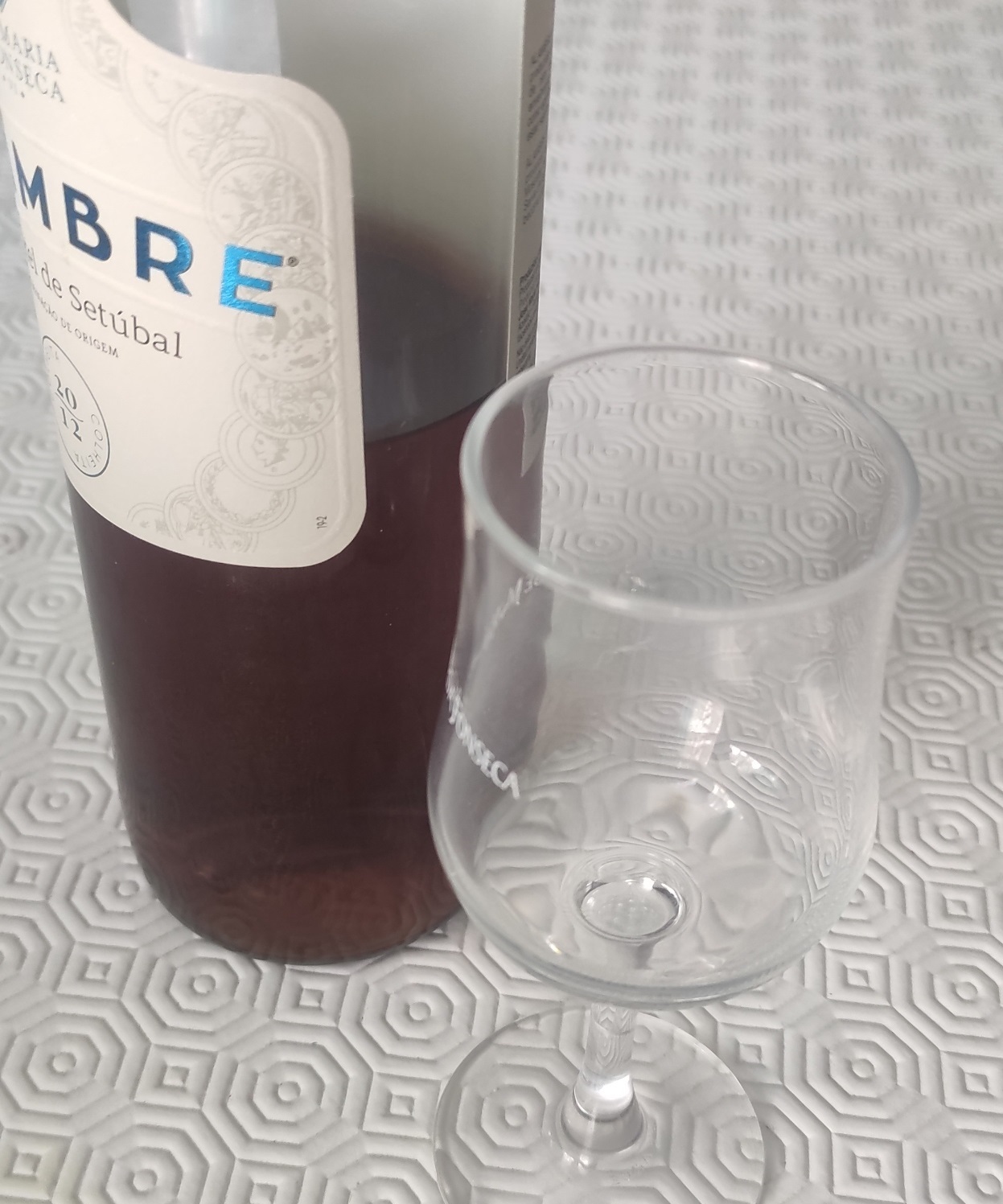Gastronomy
The intense fishing activity that exists in Setúbal means that the typical dishes of this region are made with fish and seafood. In the parish of Sado, the river and its entire estuary are very rich in fish, serving as a breeding ground for many species. This richness enhances our cuisine, with the following typical dishes being highlighted: Eel stew; fried eels; fried Choco; seafood rice; Setubalense stew and several dishes made with grilled fish, in which sardines deserve a prominent place.

Fish
Roasted fish is one of the biggest highlights of the Setúbal region. Directly from the fish markets of Setúbal and Sesimbra, it is characterized by its unique freshness. Sardines, horse mackerel, red mullet, charroco, alcorrazes, purple duck, chaputa, safio, ray or tremelga are examples of fish typical of the Sadina coast. Traditionally, the fish is accompanied with boiled potatoes, salad and, in some cases, crumbs.

Wine & Cheese
Wine and cheese are the quintessence of pairing. If it is clear for red wines and, more recently, white wines, this harmonization with Moscatel de Setúbal is no longer so clear and consensual. There are many theories and disagreements, but respecting the basic principles of harmonization, this will always be a harmonization by contrast, based on the acidic capacity of Moscatel de Setúbal, as a “butchering” element of the cheese’s fat and sweetness versus the salt contained. in cheese. Taking a chance on the best type of cheese to pair with Moscatel de Setúbal would be the saltiest and most mature. A good example is Azeitão cheese, produced in the same region.

Moscatel
Moscatel de Setúbal is a Portuguese muscatel produced around the Setúbal Municipality on the Península de Setúbal. The region is known primarily for its fortified Muscat wines known as Moscatel de Setúbal. The style was believed to have been invented by José Maria da Fonseca, the founder of José Maria da Fonseca, the oldest industrial-scale table wine producer in Portugal dating back to 1834. J.M. Fonseca company still holds a quasi-monopoly control over the production of Moscatel de Setúbal today

Some of Setúbal Cuisine
| Dish | Description |
|---|---|
| Choco Frito | Fried cuttlefish, often served with fries and salad. |
| Tortas de Azeitão | Sweet rolls filled with a creamy egg-based filling. |
| Queijo de Azeitão | A soft, creamy cheese made from sheep's milk. |
| Caldeirada de Peixe | A fish stew made with a variety of fish, potatoes, and vegetables. |
| Amêijoas à Bulhão Pato | Clams cooked in a garlic, white wine, and coriander sauce. |
| Sardinhas Assadas | Grilled sardines, typically served with potatoes and salad. |
| Ensopado de Enguias | A traditional eel stew with a flavorful broth. |
| Moscatel de Setúbal | A sweet, fortified wine made from Muscat grapes. |
| Linguadinhos Fritos | Fried small sole fish, often served as a snack or appetizer. |
| Arroz de Marisco | Seafood rice, similar to a risotto, made with various shellfish. |